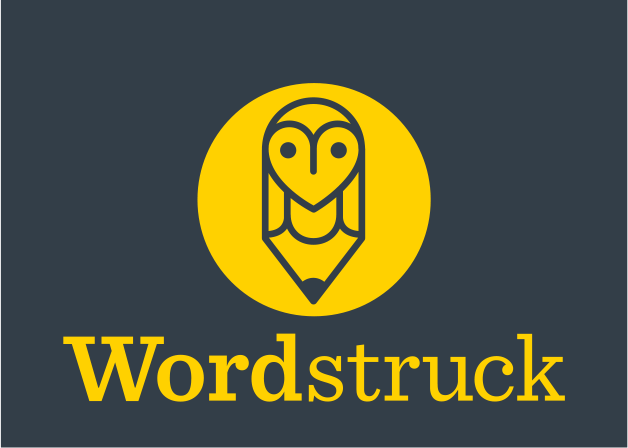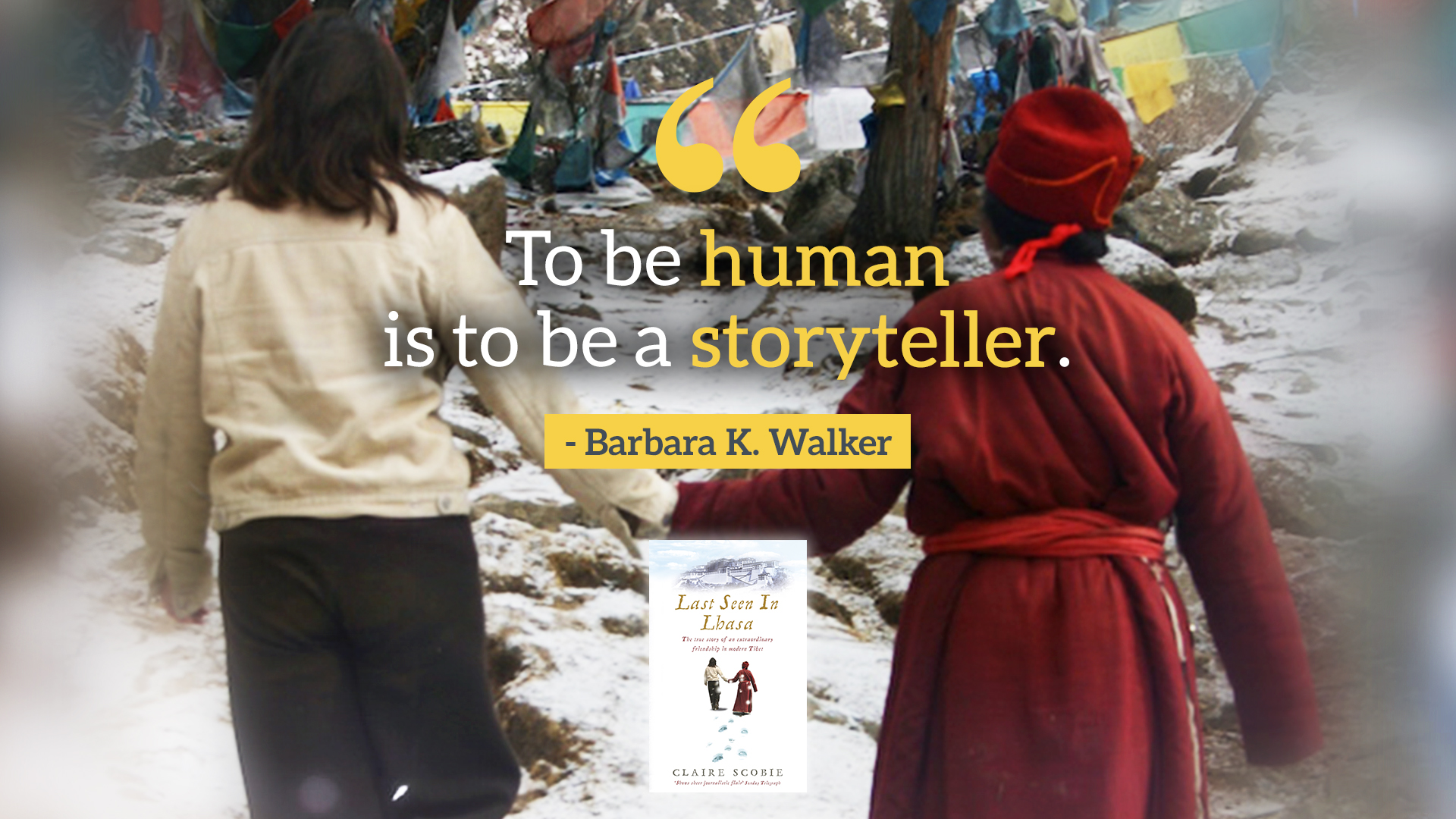Splashdown. It’s still an extraordinary thought that we can transport humans into space — and back again successfully. Watching Bob Behnken and Doug Hurley before they landed on 3 August was instructive. Their eyes were shut. Their feet twitching back and forth. Legs restless.
The anxiety for them, their families and the crowd of onlookers watching, must have been intense. White and red parachutes burst open above the Gulf of Mexico. A giant whoop of joy as the astronauts hit the water. Then the rather formal announcement: Welcome to back to planet Earth and thanks for flying Space X.
It was the US space agency’s first such landing in 45 years. And the first time a private company sent humans to orbit. Billionaire Elon Musk’s SpaceX has defied the odds of what’s possible.
Meanwhile, on planet Earth, we’re also redefining what’s possible. But we don’t fully realise it, yet.
Hetty Enzig, author and coach, puts it well: “During big transitional points in history, change happens before we have the language to describe it.” So true.
The speed of linguistic change since WHO director-general, Tedros Adhanom Ghebreyesus first uttered the name of Covid19 on February 11 is phenomenal. On that fateful day he spelt out the letters. Now they are etched into the alphabet of our hearts.
And we’re all authoring a new lexicon. You can hire zutors for home schooling; you can tell your partner to stop doomscrolling if you’re sick of grim news over breakfast; a quarantini has never helped so much after a week in Stage 4 lockdown in Melbourne.
(My heart goes out to y’all Melburnians… the rest of Australia is with you — whatever the media says.)
Language helps us cope
Robert Lawson, a sociolinguist at Birmingham City University says, “Once you can name the practices, the events, the social conditions around a particular event, it gives people a shared vocabulary that they can all use as a bit of a shorthand. Ultimately if you can name it, you can talk about it; and if you can talk about it, then it can help people cope and get a handle on really difficult situations.”
Naming things has always been incredibly important to me. My first novel, The Pagoda Tree, was all about naming — and what happens to entire minority groups when they are misnamed or erased from the register. Naming and story-making are what give us back a sense of control, especially when the world is flying out of kilter.
8 ways to harness language to stay connected
1. Keep it in the moment by asking: “How’s things?” Just that simple question or “What’s on your mind today?” is powerful. Then stay present to what happens.
2. Humour. In Australia, where all words can be shortened, you’ll hear: “how’s the pando going” or “got ya’ sanny?” (sanitiser). This week Daniel Andrews the beleaguered Victorian Premier praised all those Victorians who were staying in “iso” (isolation) in his daily media update.
3. Choose words that reflect where the other person is at. A colleague said to me yesterday, “Did I tell you I’m sick of the pandemic?” Start there.
4. Check-in again… and again. For leaders managing remote teams you might be thinking that the regular check-ins you were doing back in March & April aren’t needed so much. As anxiety levels rise again (in Australia at least, but I’m seeing it on the faces of my family in the UK), check-ins are like an instant spark of connection. By text, a one line email, on Slack. A reminder that people aren’t alone.
5. Become uber-aware of what isn’t being said. Go there.
6. Find a virtual listening space that will support you — or create your own. From compassion circles to cocktail conversations, there’s a proliferation of these “ecologies of thinking” (thanks again to Hetty Enzig for that phrase).
7. Keep resetting your intention to focus on what’s good for you right now. Set your alarm on your phone as a reminder. Wear odd socks (no-one can see if you’re WFH – working from home). When you find yourself doomscrolling, take a moment to stop and see where that negative energy is landing in your body. I’m as guilty as anyone in constantly checking news updates, but when I don’t, I notice my inner dialogue is more positive.
8. Coin your own creative shorthand — at work, at home, with friends. This creates a shared vision among a team. It’s remarkably effective in workspaces, virtual or in-person.
Now my new website is live I’m planning to start my own virtual storytelling circles. There’s something beautifully honest about these online listening spaces when they work well. For all its limitations the virtual environment allows a new intimacy that helps with the social distancing and the general weirdness in life.
Would love to know if you’re interested in joining these circles and what would support you the most. Stories? Themes? Simply somewhere to connect? Share your comments below. Any feedback on the new website, please share! I value your insight.











